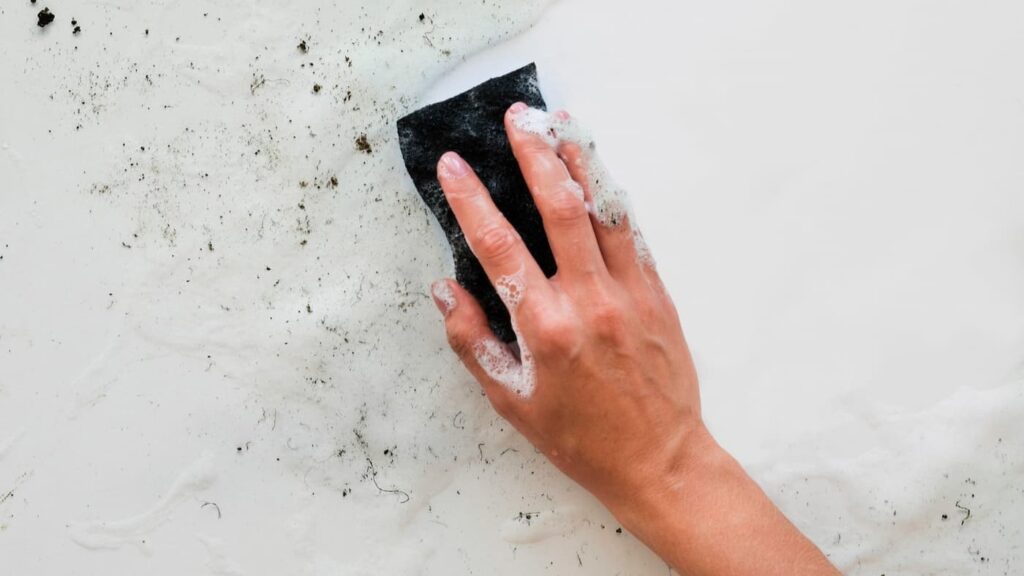How To Get Rid Of Black Mold In Shower and Bathroom
Black mold in shower can be a common yet concerning issue for many households. Not only does it look unappealing, but it can also…

Black mold in shower can be a common yet concerning issue for many households. Not only does it look unappealing, but it can also pose health risks to you and your family. In Canada, where humidity levels can fluctuate, understanding how to eliminate black mold in the shower is essential for maintaining a healthy home. This guide will provide you with comprehensive steps to identify, remove, and prevent black mold, ensuring your bathroom remains a safe and clean space.
Black mold, scientifically known as Stachybotrys chartarum, is a type of mold that thrives in damp environments. It often appears in dark green or black patches and emits a musty odor. While many molds are harmless, black mold can produce mycotoxins, which may lead to various health problems.
People exposed to black mold may experience respiratory issues, skin irritations, headaches, and even nausea. Children, the elderly, and those with pre-existing health conditions are particularly vulnerable. Other types of mold, like red or green molds, can also be harmful, especially to allergy sufferers. It’s crucial to take mold growth seriously to protect the health of everyone in your household.
Detecting black mold early can prevent more significant health issues down the line. Here are some signs to look for:
Understanding what leads to black mold can help you prevent it. Here are common causes:
Black mold can pose several health risks, especially for vulnerable individuals. Here’s why it’s important to address this issue:
If you’ve confirmed the presence of black mold, it’s time to take action. Follow these steps to remove it safely:
Prevention is key to keeping your bathroom mold-free. Here are some effective strategies:
Are you facing issues with your shower or bathroom? Whether it’s a frustrating leak, a stubborn clog, or a desire for a fresh remodel, professional help is available. TaskPro serves vibrant communities across British Columbia, including Vancouver, Surrey, and Langley. Our expert team is ready to tackle any bathroom problem you might have.
From emergency plumbing to full renovations, we have the skills and dedication to make your bathroom issues disappear.
Don’t let plumbing problems disrupt your daily life, contact us today for peace of mind, knowing your home is in expert hands!
While the dangers of black mold are sometimes exaggerated, it can cause health issues for sensitive individuals. Mold in your shower can lead to annoying symptoms and health problems, particularly for people with allergies.
Cleaning black mold yourself can expose you to harmful spores. If not done carefully, you could disturb the toxins and increase health risks. Consider seeking professional help if the mold is extensive.
You can spot black mold around your tub, on tiles, and even on your shower curtain. It can spread to walls and ceilings if untreated, creating a larger issue. Look for dark spots that gradually grow, often indicating mold presence.
Share this Guide
Black mold in shower can be a common yet concerning issue for many households. Not only does it look unappealing, but it can also…
Toilets overflowing can be a stressful situation for anyone. It’s important to stay calm and know the steps to take when this happens. An…
As the chilly Canadian winters approach, many homeowners look for effective ways to keep their homes warm and cozy. One popular option is radiator…